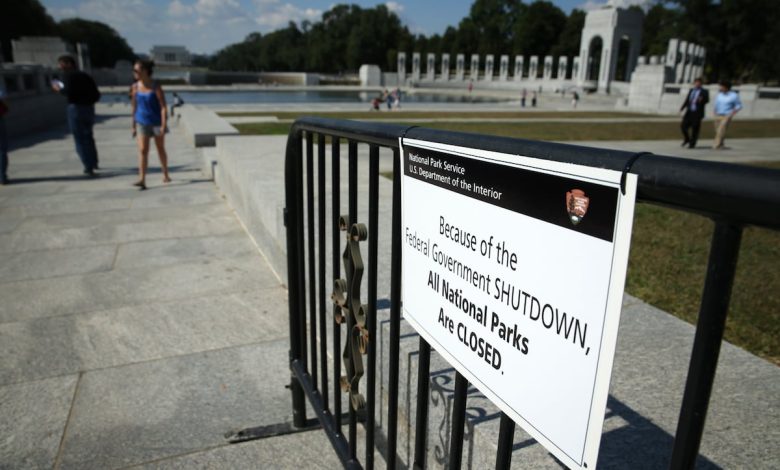Small defense firms warn shutdown will hurt industrial base

A collection of small defense technology firms and entrepreneurs is urging lawmakers of both parties to avert a looming government shutdown, warning such a closure would hurt the defense industrial base and startup firms.
In a Monday letter to leaders of both parties in the House and Senate, as well as Office of Management and Budget Director Russ Vought, the groups said a government shutdown would be extremely wasteful and harm defense firms. Signing onto the letter were the Software in Defense Coalition, the Alliance for Commercial Technology in Government, the Defense Entrepreneurs Forum and the Silicon Valley Defense Group.
Past shutdowns have led to the furlough of senior acquisition officials, slowed procurement timelines and disrupted science and technology programs, the organizations said. Even the F-35 program, one of the government’s major acquisitions, came close to halting production during the 2013 shutdown, they said in the letter.
But small vendors — which have smaller profit margins, constrained cash flows and fewer non-government contracts than bigger firms — will find it even harder to weather shutdown turmoil, the organizations said. After the 2013 shutdown, they said, small businesses’ government contracts fell by about one-third and spending dropped about 40%.
Small companies are already making up a smaller portion of the defense industrial base, the letter said, and over the last decade, their participation has dropped 40%.
“Government shutdowns exacerbate this erosion, pushing startups and innovative firms out of the defense market,” the letter said. “At a time when U.S. strategic competitors are expanding rapidly, America cannot afford to diminish the diversity and innovation of its industrial base.”
RELATED
Other organizations, such as the National Defense Industrial Association, have also repeatedly highlighted concerns about an atrophying defense industrial base. NDIA reports, for example, have shown the number of new vendors entering the defense industrial base is declining, which means fewer companies for the government to choose from — and less innovation.
Past shutdowns have also cost the government billions of dollars, the letter said. The companies highlighted a 2018 Senate Homeland Security and Governmental Affairs Committee study that found three then-recent shutdowns cost taxpayers almost $4 billion in back pay, lost revenue and late fees. Another study, conducted by the Congressional Budget Office, found the five-week shutdown in late 2018 and early 2019 led to $11 billion in gross domestic product losses.
“Shutdowns squander public resources while weakening defense readiness,” the letter said.
Funding to keep the government open is now set to run out at the end of the fiscal year Tuesday. If a continuing resolution is not passed by then, most parts of the government will close and many federal employees will be furloughed — or fired.
Lawmakers did not appear close as of Monday afternoon to finding a solution to avert a shutdown.

The organizations urged that lawmakers and the administration swiftly pass and sign a bipartisan continuing resolution to keep the government open, as well as approve a 2026 defense appropriations bill this year.
They also want lawmakers to pass legislation ensuring troops and essential civilian and contractor staff don’t suffer financial strain from a shutdown.
Agencies should also send contractors guidance earlier on what activities will be exempted during a shutdown, the letter said. And the Pentagon and administration should exempt as many employees as possible from furloughs to ensure public safety and the protection of national security property.
Stephen Losey is the air warfare reporter for Defense News. He previously covered leadership and personnel issues at Air Force Times, and the Pentagon, special operations and air warfare at Military.com. He has traveled to the Middle East to cover U.S. Air Force operations.
Read the full article here









